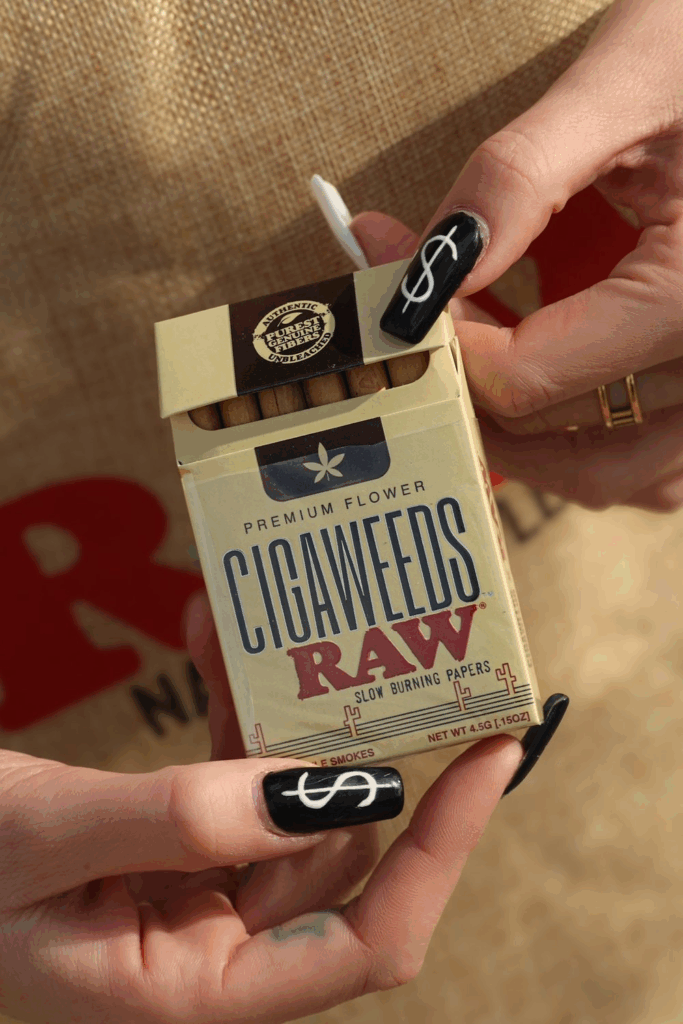Under the leadership of RAW founder Josh Kesselman, High Times returns, signaling a cultural revival, renewed editorial integrity, and community-first values in modern cannabis culture.
For decades, the name High Times represented more than a magazine. It was a movement. First published in 1974 under the editorial direction of Tom Forçade, the magazine emerged as an unapologetic champion of cannabis culture.
At a time when public discussion of the plant was still criminalized, High Times positioned itself as both a megaphone and mirror for the underground, spotlighting growers, activists, musicians, and radicals who refused to stay silent.
Across generations, High Times carved out a distinct cultural identity. It wasn’t simply a publication reporting on cannabis culture—it was cannabis culture. Its pages told the story of resistance, self-expression, and grassroots advocacy.
For longtime readers, it provided an archive of civil disobedience and creativity. For younger audiences, it offered historical context for a now-legal industry that once existed in the shadows.
But legacies don’t maintain themselves. In recent years, High Times stumbled into a mire of legal disputes, overextended ventures, and management failures.
Under Oreva Capital and Adam Levin, the brand lost both financial footing and community trust, culminating in over $20 million in debt. At risk of dissolving into irrelevance, the magazine entered receivership.
Enter Josh Kesselman, founder of RAW Rolling Papers, and someone who’d revered High Times since adolescence. His $3.45 million acquisition of the brand was not driven by profit but by purpose. It wasn’t a distressed buyout—it was a cultural salvage mission.
Kesselman’s personal connection to High Times runs deep. As a teenager in New York, he hid issues from his parents, reading stories that legitimized the culture he already felt part of.
That emotional tether has since evolved into a business model rooted in community engagement. With RAW’s billion-dollar success as a foundation, Kesselman now aims to rebuild High Times with the same guiding principle: people before profit.
To do this, he enlisted Matt Stang, a former High Times executive with institutional knowledge and a deep network in cannabis media. Together, they are reinventing the magazine for a modern era without abandoning its roots.
Each issue will now be printed less frequently—quarterly or bi-annually—but with higher production quality. These editions aren’t disposable reads; they’re designed as collectible artifacts, printed with a zero-landfill policy and lasting shelf appeal.
In a publishing world dominated by short-form content and algorithmic noise, this decision is both strategic and symbolic. High Times is no longer chasing clicks. It’s investing in meaning, permanence, and narrative depth.
The editorial approach will balance archival retrospectives with forward-looking coverage, offering a timeline of cannabis culture that spans both its rebellious past and its regulated present.
The revival also marks the return of the Cannabis Cup—long one of the brand’s most recognized and respected events. Once viewed as a cornerstone of cannabis community engagement, the Cup’s credibility eroded under commercialized and inconsistent judging. Kesselman is restoring the event with renewed integrity: blind, third-party assessments, transparent scoring, and a commitment to spotlighting genuine talent. The aim isn’t just to crown winners; it’s to rebuild trust.
Of course, cultural restoration doesn’t come without cleanup. The brand was riddled with intellectual property issues, ranging from counterfeit merchandise to unauthorized trademark use.
Kesselman’s team, which is no stranger to long, drawn-out court cases, has spent hundreds of thousands in legal fees, with more set aside to resolve outstanding claims and establish new licensing pathways. From tie-dyed T-shirts to vintage-inspired merchandise, the goal is to reclaim brand assets without diluting the ethos behind them.
Operationally, High Times is shedding outdated publishing norms. Gone are the sprawling headquarters and bloated overhead.
In their place: a decentralized, remote-first model that allows lean production and quicker turnaround. Budget priorities include editorial quality, legal resolution, and sustainable growth over short-term profit margins.
The content strategy also reflects this shift. Writers are being drawn from within the cannabis community—activists, educators, growers, and long-time readers. The magazine will incorporate podcasts, long-form interviews, investigative features, and archival showcases. This hybrid approach ensures High Times continues to evolve with the audience it has long served.
Kesselman’s commitment to real cannabis culture isn’t limited to editorial platforms. Through his ongoing collaboration with GreenPharms, RAW has partnered on an exclusive product line with CIGAWEEDS, a locally known brand of pre-rolls. The line features premium strains like MAC V2, Jungle Pie, and Faceoff—each wrapped in organic RAW paper, a detail that speaks to Kesselman’s hands-on approach to brand authenticity and consumer trust. Collaborations like this exemplify the revival’s core philosophy: build locally, impact globally.
Beyond product innovation, Kesselman has also demonstrated a consistent commitment to cannabis justice. Through the RAW Giving initiative, he contributed $200,000 to the Last Prisoner Project, supporting the release and reintegration of individuals incarcerated for cannabis-related offenses. He also contributed $50,000 to NORML, donated to advance cannabis policy reform and legalization.
These philanthropic efforts underscore a deeper mission: to use business success as a platform for community change.
A redesigned digital platform is also underway, featuring interactive archives, video storytelling, and user-generated content. Social media strategies will center on participation over promotion, inviting fans to share memories, ideas, and cultural moments under the High Times banner.
The implications stretch beyond nostalgia. As the cannabis industry becomes more corporate, sanitized, and detached from its activist roots, High Times is carving out space for culture to reclaim its narrative. The brand’s revival presents an alternative to profit-first media ventures—a blueprint for how legacy institutions can remain relevant by recommitting to their founding values.
In a world overrun by content, the challenge isn’t publishing more—it’s publishing better. High Times, under new leadership, is prioritizing authenticity, editorial courage, and communal relevance. Its future isn’t about trend-chasing. It’s about cultural curation, responsible storytelling, and maintaining cannabis culture as something deeper than just an industry category.
If successful, the new High Times may become more than a restored brand. It could be a case study in how cannabis media can grow up without selling out. In doing so, it has the potential to set new standards for what cannabis culture means in the 21st century—and who gets to define it.

***
GreenPharms is more than just a dispensary. We are a family-owned and operated company that cultivates, processes, and sells high-quality cannabis products in Arizona. Whether you are looking for medical or recreational marijuana, we have something for everyone. From flower, edibles, concentrates, and topicals, to accessories, apparel, and education, we offer a wide range of marijuana strains, products and services to suit your needs and preferences. Our friendly and knowledgeable staff are always ready to assist you and answer any questions you may have. Visit our dispensaries in Mesa and Flagstaff, or shop online and get your order delivered to your door. At GreenPharms, we are cultivating a different kind of care.
Follow us on social media








